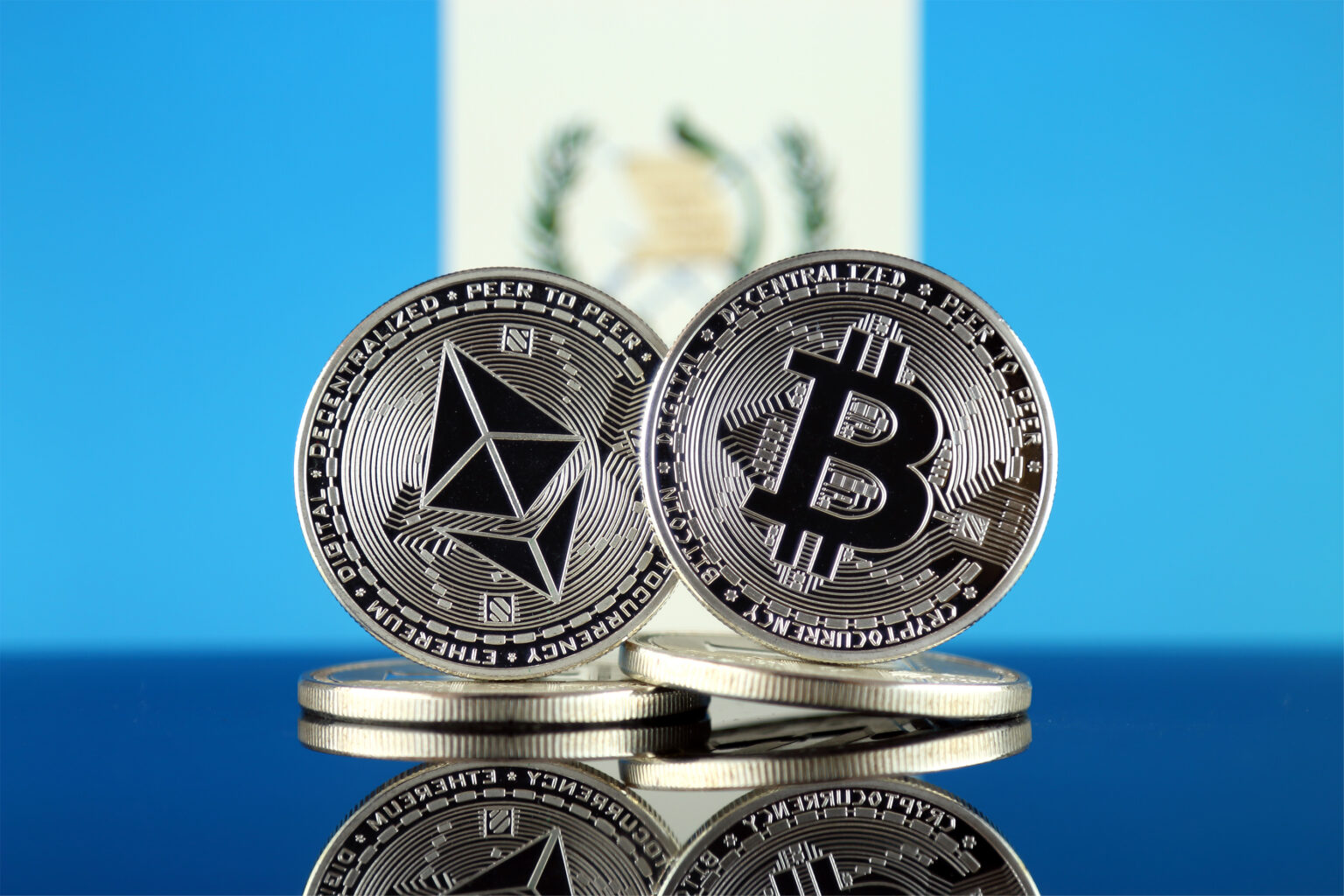

MakerDAO was the first protocol to create a means by which individuals could continue to speculate through collateralization. Crypto, which is a speculative asset class, has managed to create a few interesting lending and borrowing protocols. This problem is initially solved via speculation. Borrowing & Lendingįor a financial system to provide suitable market liquidity for borrowers, it needs lenders – and to obtain lenders a system requires borrowers. Let’s examine the above characteristics and how they compare to the Ethereum ecosystem. So a new financial system that is open must meet these attributes while removing the typical intermediaries or centralized points of control.
 And provides regulatory protections for investors and individuals. Means for individuals/investors to move, save, formulate, and allocate capital. A process of exchange and trading (i.e., derivatives) with the necessary liquidity. The ability for borrowers and lenders to transfer capital. There are a few generally accepted characteristics that comprise any economic system.Ī functioning financial system contains global, efficient markets that allow for: Criteria of an Open Finance EconomyĮvery financial system requires numerous traits to become an economic engine, but first, we must define those criteria. Ethereum has shown the value of composability, having already become a protocol for other protocols such as Maker, UMA, Augur, Compound, and many more. Composability refers to the concept that something can be selected and assembled in multiple combinations (i.e., Legos). Digital assets and securities will usher in a new era of financial mechanisms and growth.įor many, a favorite childhood toy growing up are Legos, with which what you can build is only limited by your imagination. Ethereum has enabled new types of financial instruments and assets that are more customizable than existing products and services. Where interoperability is possible, it’s controlled by middlemen and rent-seekers. Open finance is defined by platforms that can work together with a degree of transparency with functions that complement one another.īitcoin revolutionized money. The current financial system is comprised of walled gardens with limited transferability or two-way access. Open finance is not about creating a new system from scratch, it’s about democratizing the existing system and making it more equitable using open protocols and transparent data. Open finance-or decentralized finance-refers to the paradigm shift from today’s closed financial system towards an open financial economy based on open protocols that are interoperable, programmable, and composable.Īs the crypto ecosystem looks to expand, the term Open Finance more accurately describes the intended destination, because Ethereum is creating a new on-chain economy that integrates with current financial systems.
And provides regulatory protections for investors and individuals. Means for individuals/investors to move, save, formulate, and allocate capital. A process of exchange and trading (i.e., derivatives) with the necessary liquidity. The ability for borrowers and lenders to transfer capital. There are a few generally accepted characteristics that comprise any economic system.Ī functioning financial system contains global, efficient markets that allow for: Criteria of an Open Finance EconomyĮvery financial system requires numerous traits to become an economic engine, but first, we must define those criteria. Ethereum has shown the value of composability, having already become a protocol for other protocols such as Maker, UMA, Augur, Compound, and many more. Composability refers to the concept that something can be selected and assembled in multiple combinations (i.e., Legos). Digital assets and securities will usher in a new era of financial mechanisms and growth.įor many, a favorite childhood toy growing up are Legos, with which what you can build is only limited by your imagination. Ethereum has enabled new types of financial instruments and assets that are more customizable than existing products and services. Where interoperability is possible, it’s controlled by middlemen and rent-seekers. Open finance is defined by platforms that can work together with a degree of transparency with functions that complement one another.īitcoin revolutionized money. The current financial system is comprised of walled gardens with limited transferability or two-way access. Open finance is not about creating a new system from scratch, it’s about democratizing the existing system and making it more equitable using open protocols and transparent data. Open finance-or decentralized finance-refers to the paradigm shift from today’s closed financial system towards an open financial economy based on open protocols that are interoperable, programmable, and composable.Īs the crypto ecosystem looks to expand, the term Open Finance more accurately describes the intended destination, because Ethereum is creating a new on-chain economy that integrates with current financial systems. 
In order to understand why 2019 was the year of DeFi, let’s break down what makes the open financial movement so revolutionary, and examine the strides the phenomenon has made towards creating an open financial system.

Google searches for “decentralised finance” surged 273% in 2019 compared to 2018, according to our seo consultant: Victoria Olsina. The answer for 2019 is unmistakable: the decentralized finance movement was by far the most impactful trend within the crypto and blockchain ecosystem. 2017 brought the world initial coin offerings. So far in the story of blockchain, every year can be distilled to one overarching trend.








 0 kommentar(er)
0 kommentar(er)
